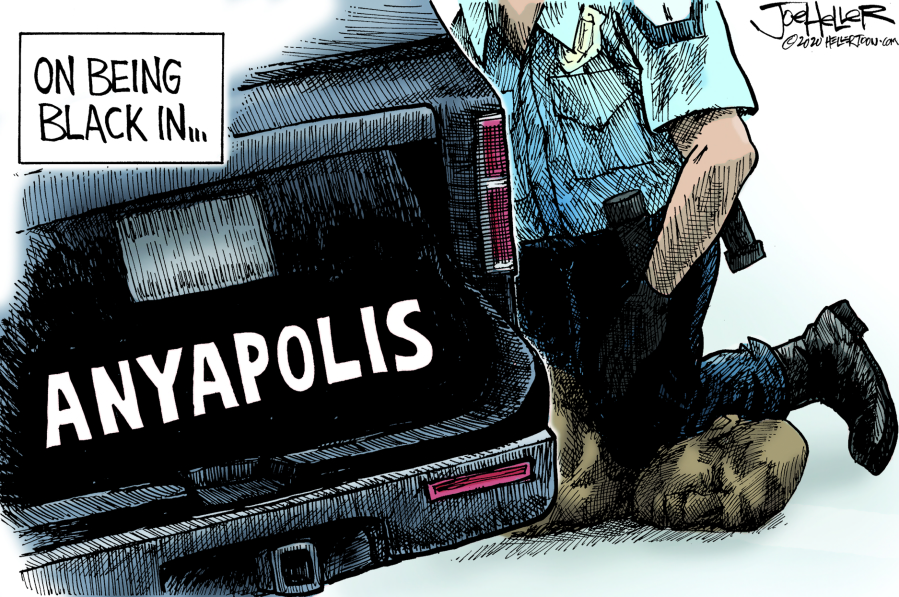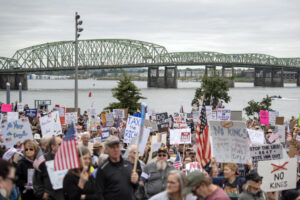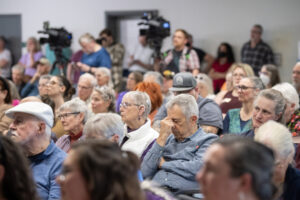If one thing has become clear during this week of overwhelmingly peaceful protests decrying not only the shocking death of George Floyd, a 46-year-old black father killed May 25 after Minneapolis police officers kneeled on his handcuffed body, with one officer pressing his knee into Floyd’s neck for nearly nine minutes, but also decades of police brutality against black Americans, it is that the young people of this country — particularly the young people of color organizing the protests and putting their own lives on the line to speak out against horrific social injustices that have plagued this nation since its beginning — are our best hope for a better tomorrow.
But we cannot afford to sit back and allow these young people to do this hard work alone. As many protestors have pointed out this week, staying silent in a world plagued by systemic racism is, itself, a form of violence. It is a badge that says you don’t care that black people in this country are three times more likely than white people to be killed by police. It says you don’t care that police in eight of our nation’s largest cities kill black people at rates higher than the U.S. murder rate. It screams that you don’t care that there is no police accountability — only 1 percent of police killings from 2013 to 2019 resulted in an officer being charged with a crime.
But, while remaining silent while tens of thousands of peaceful protestors cry out for change is not an option, joining in nightly marches is not your only option. There are countless ways to promote social justice and fight against systemic racism. Here are just a few:
Educate yourself: Understanding black history and the history of police violence against people of color in this country, as well as getting real facts about movements like Black Lives Matter is the very least we — particularly those of us who identify as white — can do right now. These online sources should be just a starting point:
- Blacklivesmatter.com
- Mappingpoliceviolence.org
- joincampaignzero.org
- Blackpast.org
- Legacyblackandwhiteinamerica.com
- byp100.org/
- kinginstitute.stanford.edu/king-resources/king-resources-overview
- Ta-nehisicoates.com
- Robindiangelo.com
- avaduvernay.com/13th
Support the protestors: Joining up with thousands of people for a protest in the midst of the COVID-19 pandemic can be a frightening proposition for those vulnerable to COVID-19 — despite the fact that many protestors seem to be taking precautions, such as wearing masks, several health officials have said they fear the protests will result in another spike of coronavirus cases and deaths across the country — but there are ways to support the protestors in their march for social justice and an end to systemic racism. Here are a few suggestions:




